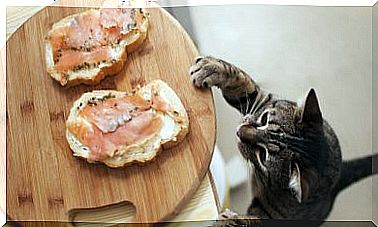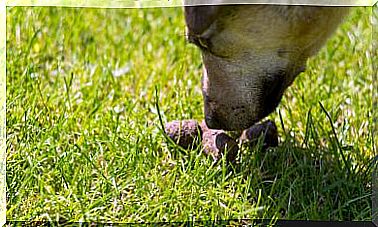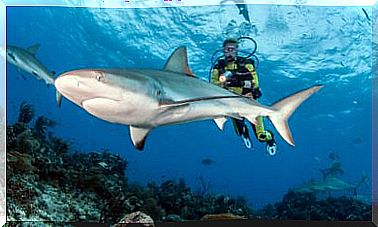The Importance Of The Third Eyelid
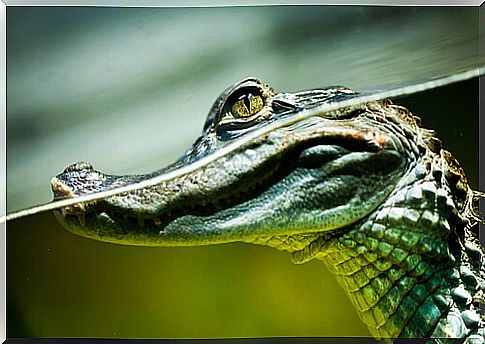
Did you know that there are animals that have a third eyelid to protect their precious sight? In the case of many species, this eyelid, also known as a nictitating membrane, serves as protection to prevent dirt or other particles from damaging the eyes.
In addition, in the case of some animals such as birds, it is whitish or transparent, so they can see through it.
Normally, the third eyelid is not visible in a healthy animal, so detecting it with the naked eye can be a sign of illness or discomfort. Although it can also be activated in the face of danger.
What exactly is a third eyelid?
The nictitating membrane or third eyelid is a unique physiological feature of certain animals. It is an accessory tissue, located between the cornea and the lower eyelid, which has two main functions:
- closes if you need to protect the eyeball,
- moisturizes the eye below the main eyelids without losing visibility.
It is characterized by presenting a semitransparent color and in healthy animals with open eyes it is usually not perceptible.

Differences between species
Not in all animals it appears in the same way. Some reptiles or birds have complete nictitating membranes. However , most mammals retain only a small vestigial section of the membrane at one of the vertices of the eye.
Many species of birds move at high speed, so moving air quickly dries their ocular surface. These birds have a third eyelid that keeps the surface of the eye moist, in addition to protecting it from possible particles that could impact at high speed.
In amphibians and reptiles we also usually find a functional nictitating membrane. Sometimes it covers the ocular surface when the animal comes out of the water, and its function is to keep the eye moist.
Anatomical aspects of the third eyelid
This third eyelid is not part of the skin like the usual two, but is located more deeply, in contact with the eye. When it moves, it does so between the surface of the eye and the other two eyelids, and it moves horizontally or obliquely from the inside to the outside.
Only a few mammals possess a truly functional, voluntarily moving nictitating membrane. This is the case with birds, reptiles and amphibians.
And what is it for?
In the event of an injury or a blow to that area, the eye is hidden behind the orbit and the third eyelid appears. When the danger is over, it quickly returns to its place, making it difficult to see at times.
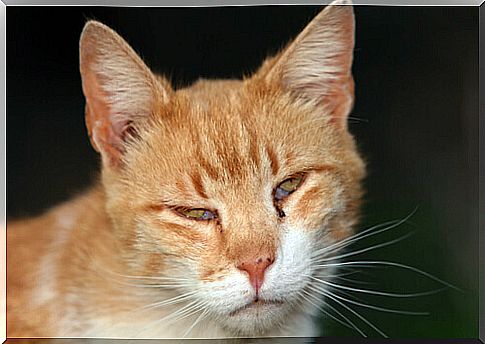
Do humans have a nictitating membrane?
Primates generally do not have these nictitating membranes. Only lemurs and lorises have them fully developed.
Humans only have what is known as a “semilunar fold” in the conjunctiva, perhaps a vestige of a possible ancestral third eyelid. A third eyelid reduced to the minimum expression.
Can the third eyelid cause problems in pets?
If the nictitating membrane does not return to its place after carrying out its function, we could find ourselves with a problem known as prolapse. And to fix this sometimes a surgical procedure is necessary.
One more adaptation to the wild world
As we have seen, the nictitating membrane is a structure of vital importance for many living beings. Sometimes the wild world is so fast-paced and unforgiving that animals cannot even afford to close their eyes in critical situations.


